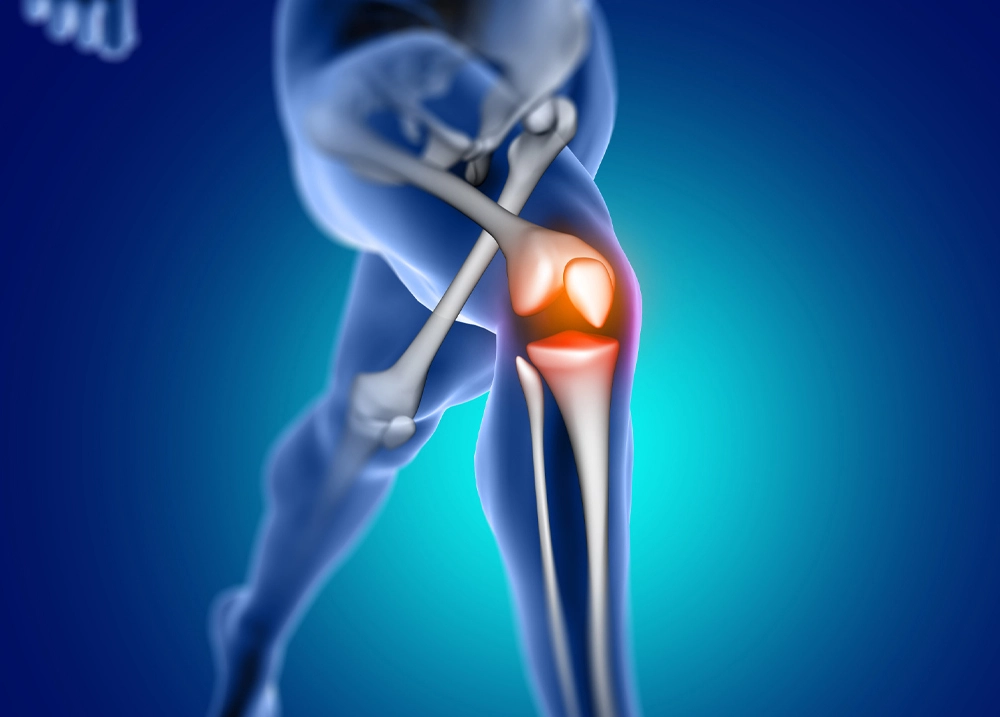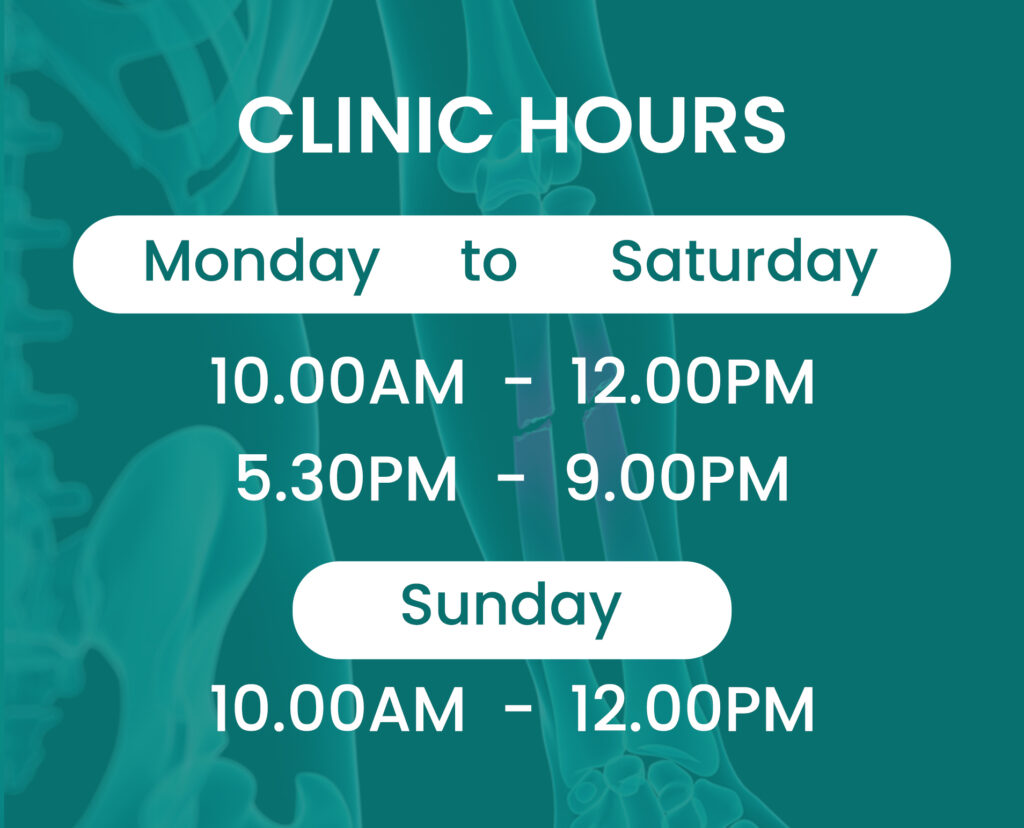Arthralgia


ARTHRALGIA
Arthralgia means joint pain, and can refer to any type of pain in the joints.
SYMPTOMS:
If you’re considering seeing a doctor, you are probably experiencing some of the following symptoms:
- mild ache or soreness
- severe or excruciating pain
- inability to use the limb to walk or carry objects
- limited joint motion
- locking of the joint
- stiffness
- swelling (inflammation)
- tenderness
- warmth around the joint
- weakness
You may find you have symptoms only after taking part in particular activities, like exercising. Conversely, your symptoms may appear for no reason Joint pain can be intermittent and gradual, or it can be sudden. Pain may go away after resting or taking an over-the-counter medication, or it may not respond to pain relievers at all. Joint pain can fit any of these criteria.
WHAT CAUSES JOINT PAIN?
Arthralgia can be caused by injury to ligaments, tendons, or bursae (fluid sacs) around the joints. Pain can also be a sign of inflammation, infection, or an allergic response. Less commonly, pain can be a symptom of cancer or disease.
Conditions that can cause arthralgia
• arthritis, including osteoarthritis pseudogout (characterized by sudden, painful swelling) psoriatic arthritis (which can accompany the skin condition psoriasis) reactive arthritis (swelling and pain triggered by an infection elsewhere in the body) septic arthritis (a painful infection that traveled to the joint through the bloodstream) or gonococcal arthritis (caused by gonorrhea)
• bone disease, including avascular necrosis or osteonecrosis (the death of bone tissue due to a lack of blood supply) osteomyelitis (bone infection) Paget’s disease of bone (affecting the pelvis, skull, spine or legs) facet joint disorders (affecting the cervical or lumbar spine)
• cancer (bone cancer or leukemia)
• complex regional pain syndrome
• dehydration, from illness or from excessive alcohol consumption
• diabetes
• food intolerances, such as gluten intolerance
• gout (a form of arthritis, common in the base of the big toe)
• hypothyroidism or hyperthyroidism
• infections, like Lyme disease (a tick-borne bacterial infection)
• inflammatory diseases like ankylosing spondylitis (fusion of the vertebrae) or polymyalgia rheumatica
• injury from overuse, like bursitis or tendinitis (sometimes caused by sports injuries) or from trauma, like a dislocation, fracture, sprain or strain
• immune disorders or autoimmune disease, like lupus, multiple sclerosis (MS), rheumatoid arthritis (adult or juvenile), scleroderma, Sjogren’s disease, sarcoidosis or mixed connective tissue disease
• insect bites, such as spider bites
• nerve compression (meralgia paresthetica)
• pregnancy and post-pregnancy (postpartum)
• sexually transmitted diseases, like gonorrhea or chlamydia
• viruses, like influenza or HIV
Diagnosing Joint Pain: When to See a Doctor
In most cases, joint pain is not serious or life threatening however, if your pain is accompanied by swelling, redness or a tenderness and warmth around the joint, see a doctor.
You should see a doctor immediately if you have a joint deformity, you cannot use the joint or you experience intense pain or sudden swelling.
Quick Contact
Address
1st floor, 2/104, Old Mahabalipuram Rd, Karapakkam, Chennai, Tamil Nadu 600097
lysander.clinic@gmail.com
Mobile
+91 9363396124




